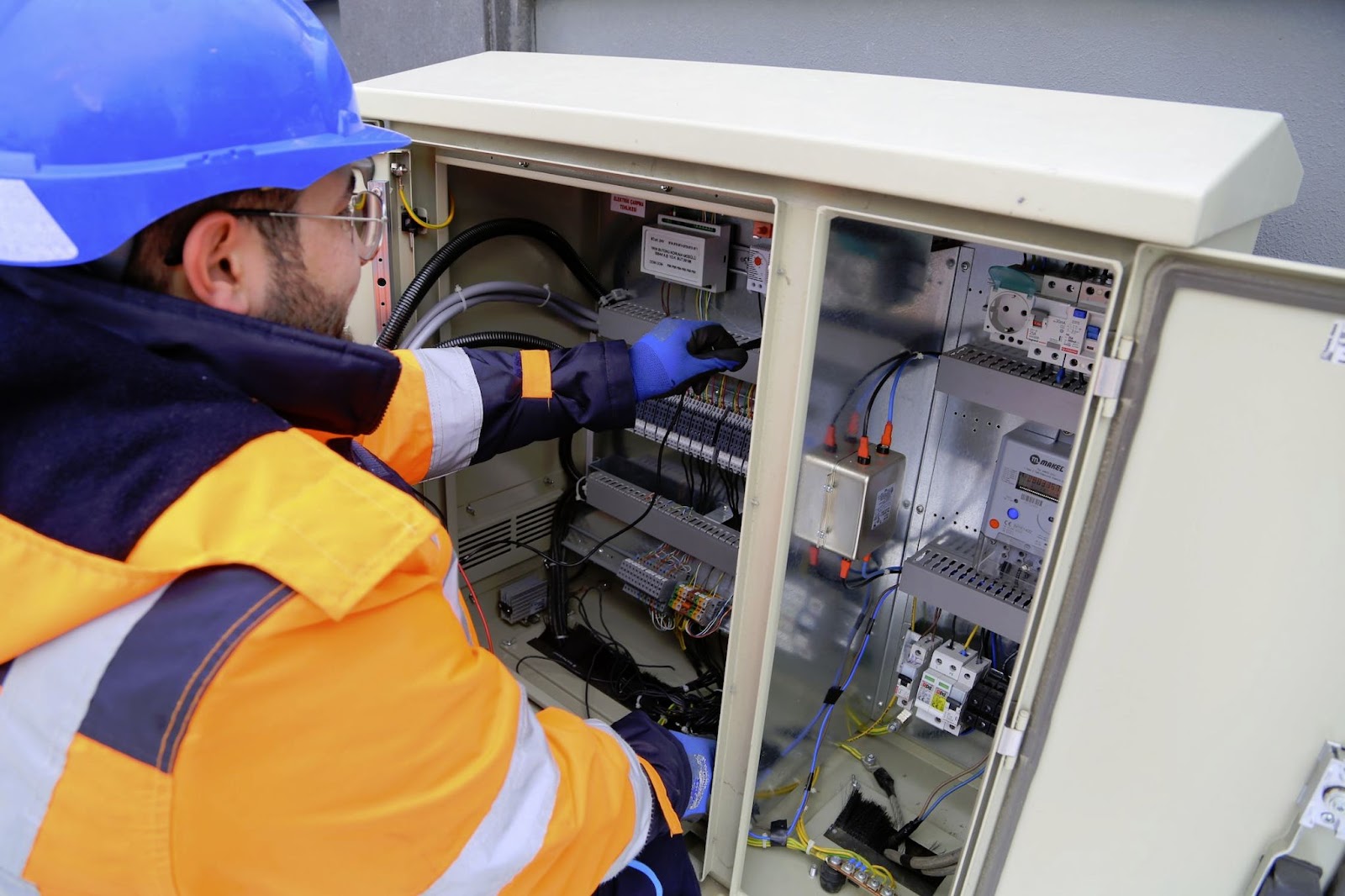Working in electrical contracting has its fair share of hurdles to overcome, especially in terms of estimating costs accurately. There are a number of pitfalls that even seasoned professionals might stumble into. So stick around as we talk about some common mistakes that crop up during electrical estimation, and provide valuable tips on avoiding them.
Table of Contents
Miscalculating Labor Costs
Misjudging labor costs is the first flaw in providing estimates that you’ll need to sidestep. This typically happens when you underestimate the total man-hours required for a project, which is an easy mistake to make if you’re not being meticulously thorough with your calculations. Overestimation can also be harmful as it may lead to lost bids due to high quotes.
To avoid this type of error, consider using historical data, average employee costs, and past experiences as guidelines while figuring out labor requirements for current projects. Besides providing valuable insights on the work force needed, this info will give an accurate outlook on actual productivity rates too.
Forgetting About Small Supplies
Another pitfall in electrical estimating is neglecting to account for small supplies. This can be anything from wire nuts and connectors to screws and fasteners, which are items that may seem insignificant but can add up quickly during project execution.
Their cost might appear trivial when you look at individual units, but the aggregate of these “trivialities” over an entire project period could put a dent in your profit margin.
To avoid this invisible error, it’s essential to have a comprehensive bill of materials (BOM) that includes even the smallest components needed for each task. An accurate BOM ensures no hidden costs emerge halfway through construction.
Disregarding Change Orders
Change orders are a part of the construction industry that often get ignored. When changes come into play midway through an ongoing contract, they might seem like minor tweaks that won’t impact costs significantly.
However, even small alterations can lead to extra labor hours and additional materials needed. Both factors cause your initial estimates to go off track if not suitably adjusted for in real-time.
To ensure change orders don’t eat into profits unnoticed, establish a disciplined process for managing them effectively. Using software for electrical contractor projects is sensible for this purpose, letting you keep a handle on every last detail without needing to keep lots of plates spinning manually.
Brushing Off Project Complexity
In the construction industry, not all projects are created equal, which is something that many electrical estimators tend to forget. Ignoring project complexity can lead to major oversights in estimation where simpler tasks get over-budgeted while more complex tasks end up being underestimated. This difference between estimated and actual costs could endanger your profit margin.
To mitigate this risk, scrutinize every facet of each project you’re responsible for costing, and consider factors like timing constraints, safety regulations, access difficulties and if any specialized equipment is needed. An integrated approach to understanding these variables will help you formulate a well-rounded estimate that accounts for unforeseen challenges as well as obvious ones.
Skipping the Review
When managing various contractor duties, it’s tempting to approve an estimate without conducting a review check, and forward it onto the next phase. Unfortunately, bypassing this step can lead to overlooked discrepancies or miscalculations which inevitably affect project feasibility and budget credibility later on.
Taking time to check up on all estimations meticulously before giving final approval ensures that no errors slip through unnoticed. It’s this kind of diligence that all construction professionals need to exhibit.
The Last Word
As well as taking these tips onboard, the best move to ensure your electrical estimation efforts improve is to learn from any mistakes you make, rather than blaming some other facet of your operations.





